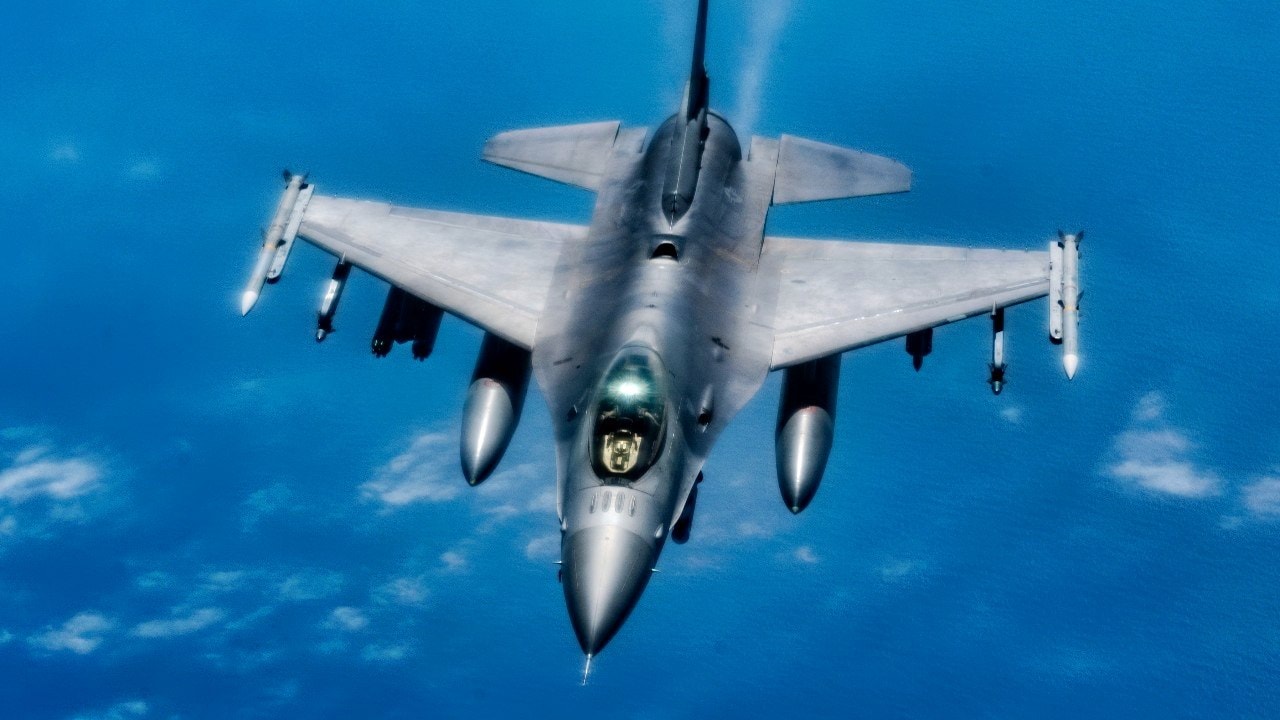The Comprehensive Strategic Partnership Between America and Vietnam in Its Second Year: 19FortyFive recently broke the news that Vietnam will buy a large amount of F-16 fighters from the United States. But this budding partnership is about far more than fighter planes.
The United States and Vietnam, former adversaries but now significant trading partners, are in their second year of the Comprehensive Strategic Partnership, further strengthening their ties. In 2025, the comprehensive strategic partnership will reach a significant two-year milestone as both America and Vietnam are thirty years into normalization, as five decades ago, both countries were intertwined in one of the most deadly wars in modern history.
The comprehensive strategic partnership serves as a significant counterbalance to China’s growing influence in international relations in the Indo-Pacific region, particularly in the South China Sea, where China’s soft power and naval force projection are increasing. In its second year, questions remain: Will the partnership hold up, and is there still room to grow between Washington and Hanoi?
The 2023 Comprehensive Strategic Partnership Agreement
On September 10, 2023, then-United States President Joe Biden and the late General Secretary Nguyen Phu Trong of Vietnam signed the Comprehensive Strategic Partnership, marking a significant turning point in Southeast Asia. The elevation of relations between Hanoi and Washington places America on the same bilateral level as Russia and China in Vietnam’s diplomatic hierarchy, marking a significant diplomatic breakthrough between the two countries.
Under the upgraded relations, Vietnam and the United States will further strengthen cooperation in trade, investments, science, technology, and climate action, with more opportunities in other sectors. Southeast Asia is an emerging global supply chain hub for not just the United States but for the entire world, and Hanoi is one of the top ten major trading partners of the United States.
The opportunity to grow supply chains in the Indochina region, with Vietnam as a starting point, would be an essential step toward diversifying from the People’s Republic of China, which the United States government aims to do, especially as the latter two superpowers now compete for global hegemonic status.
Washington and Hanoi Continue Growing Bilateral Ties
The United States and Vietnam share the ideals of growing technological and economic sectors. The growth of semiconductors in Eastern Asia continues to grow not only in Taiwan, China, Japan, and South Korea but also in Vietnam.
Amkor, an American firm, is opening a $1.6 billion facility in Vietnam for this endeavor. Furthermore, Reuters reported in January 2024 that fifteen American firms are competing to invest $8 billion in semiconductor manufacturing in Vietnam.
American companies and business owners are currently heavily investing in Vietnam, including Intel, Apple, Nike, Amkor, Marvell, and First Solar, with the list likely to continue growing as a result of the comprehensive strategic partnership. Simultaneously, Vietnamese companies such as VinFast and VGN Corporation are increasing investments in the United States. VinFast’s growth in North Carolina is contributing to the local economy by creating additional manufacturing opportunities.
Hurdles and Challenges in the Strategic Partnerships
Although Vietnam and the United States have reached new heights in their upgraded relations, it is essential to note that the comprehensive strategic partnership does not include a mutual defense accord that entails direct military assistance. During the joint signing, neither Washington nor Hanoi mentioned ‘containment’ of Beijing’s ambitions, even though the South China Sea continues to grow into a potential regional powder keg.
Vietnam’s upgraded partnership with the United States aligns with India’s current strategy of not fully aligning with one side to avoid triggering ire or retaliation from the People’s Republic of China, while strategically maintaining full diplomatic cohesion with all regional powers and preserving its sovereignty.
Vietnam is also a close ally of Russia, as the United States ignored the original requests for their self-determination post-WWII. Though they do not supply the Russian military’s illegal aggression in Ukraine, it is tantamount for the U.S. government not to push or strong-arm Hanoi closer to Moscow.
Nevertheless, in the future, the U.S. and Vietnamese Armed Forces could establish backchannels to warn each other of any potential military threats posed by the People’s Liberation Navy’s movements around the South China Sea, without openly engaging in military cooperation that could draw strong actions from China and Russia.
Strategic Cooperation Remains Strong
Hanoi seeks to advance its interests amid rising economic and technological competition in the Indo-Pacific, and growing American investments will only propel Vietnam’s marketing efforts further. Simultaneously, Washington gains a growing economic and diplomatic presence in Southeast Asia.
To further a growing relationship, the United States can also further reconciliation efforts in the aftermath of the Vietnam War, as many of Vietnam’s demographic majority and elderly still remember the scars and brutality of American aggression in the Indochina conflicts. In its second year, Hanoi and Washington continue to grow ties through several key sectors that advance both countries’ national interests and further open opportunities between the East and West.
Rebuilding and rewriting the wrongs of the past, the United States reached out to Vietnam to solidify a comprehensive strategic partnership, which is decades in the making and a landmark agreement long envisioned by Ho Chi Minh. With opportunities to expand into the technology, economic, and trade sectors, Hanoi and Washington continue to strengthen bilateral ties in the second year of the partnership.
About the Author: Julian McBride
Julian McBride is a forensic anthropologist and independent journalist born in New York. He is the founder and director of the Reflections of War Initiative (ROW), an anthropological NGO which aims to tell the stories of the victims of war through art therapy. As a former Marine, he uses this technique not only to help heal PTSD but also to share people’s stories through art, which conveys “the message of the brutality of war better than most news organizations.” Julian is also a new 19FortyFive Contributing Editor.

